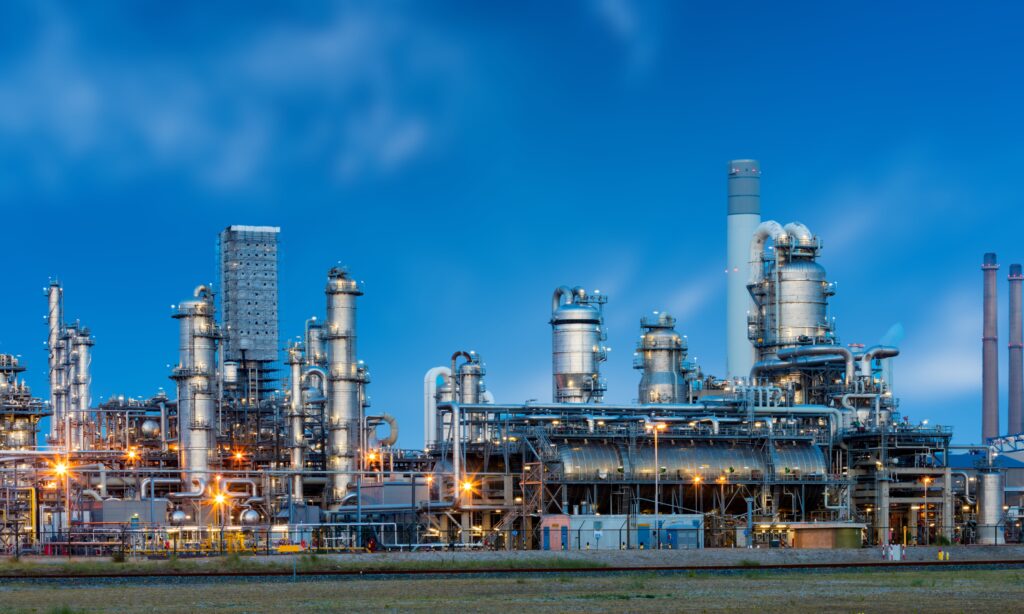The European Union is ramping up efforts to reduce carbon emissions by expanding carbon capture and storage (CCS) across member states. Brussels has set a target to capture 50 million tonnes of carbon dioxide per year by 2030 and increase that to 280 million tonnes by 2040. But meeting these goals won’t be easy. At present, only about 2.7 million tonnes of CO₂ are captured annually in the EU, and just five projects are active. Of that small group, one project in Norway is responsible for more than 60% of the volume.
CCS works by collecting carbon dioxide from industrial sources, turning it into liquid form, and pumping it underground. Storage sites include old gas fields and deep saltwater layers. The EU is backing several CCS projects such as Northern Lights, Pycasso, and Callisto. These efforts show both the ambition and the challenges of Europe’s green goals.
While CCS can help industries reduce pollution, some experts worry that other clean solutions are being overlooked. A report by the World Wide Fund for Nature warned that the EU is focusing too much money on CCS. It says better options like renewable energy or using less energy are not getting enough support. For example, in the cement industry, almost all EU climate funds go to CCS instead of cleaner production methods.
The Northern Lights project in Norway shows both the promise and the problems. It is a joint project between TotalEnergies, Shell, and Equinor. The goal is to store 1.5 million tonnes of CO₂ a year. Emissions from companies like Yara, Orsted, and Heidelberg Materials will be shipped to Øygarden, a storage site under the sea. But there’s a catch. Only two special ships can carry the carbon, and each trip can hold 8,000 tonnes. That’s not enough to meet future demand.
The system is also costly. Transport and storage alone cost around $145 per tonne, according to research firm Wood Mackenzie. That does not include the cost of capturing the CO₂ in the first place. For example, the cost of capturing CO₂ from an ammonia plant is about $30 per tonne. For Yara, one of the companies involved, the yearly cost to reduce emissions at just one site could reach $202 million. Last year, the company made $229 million in profits in Europe, so CCS would take up almost all of that.
There are more ships planned for 2026, but even then, it may not be enough. Any delay caused by weather or equipment problems could affect the entire transport and storage chain. Also, carbon dioxide becomes harmful to containers when it mixes with moisture. This means storage tanks must be cleaned after every trip, adding more time and expense.
The Callisto project, another key plan, is facing its own set of problems. It will move CO₂ from factories in France to a storage site in the Adriatic Sea, off the coast of Italy. This complex plan involves building long pipelines, new ships, and systems to capture CO₂ from factories. The companies involved include Eni, Snam, and Air Liquide.
But the price of carbon in the EU’s Emissions Trading System is not high enough to pay for these expensive projects. Right now, it’s around €80 per tonne. That’s far below what companies need to make CCS work. Prices also go up and down often, making it hard for companies to plan far ahead.
Some experts believe that without strong support from governments, CCS won’t grow. Roberto Bencini, a policy advisor, said that long transport routes will cost more than the value of carbon certificates. Eadbhard Pernot, head of the Zero Emissions Platform, said that investors want clear carbon prices before they invest in projects that last 15 years or more.
Some CCS projects use a system called carbon contracts for difference. This means governments agree to pay the difference if carbon prices fall below a set level. Without this kind of support, many CCS projects might never get built.
The EU’s climate strategy is at a turning point. Carbon capture could help heavy industries cut emissions. But the high costs, technical limits, and uncertain funding are big roadblocks. As the bloc moves closer to its 2030 goals, it must decide whether to keep backing CCS or shift more funds to other climate solutions.


